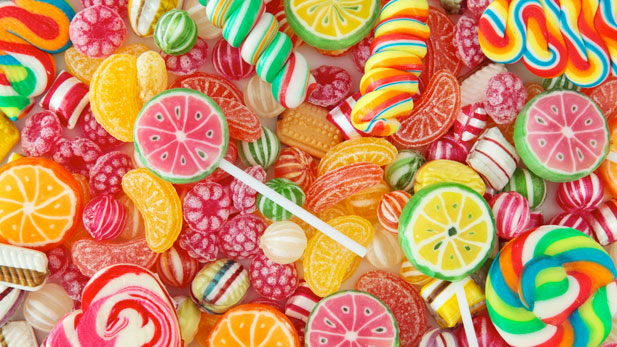What does Harvest Festival mean? Pues bien, esto es lo que han aprendido los niños y niñas de segundo: ¿ Qué es Harvest Festival?
Vamos a ver un poco más sobre ello:
- What is a Harvest Festival?
Harvest Festival is a celebration of the food grown on the land.
Harvest Festival in The USA is in November. People have a big dinner.
Harvest Festival in Ireland is in August. Farmers bring their harvest to trade or sell. They mostly sell potatoes.
Harvest Festival in Canada is in October. They celebrate this party with a vegetable contest.
Harvest Festival in Britain is in September. Children bring food baskets to school for people from the community.
En clase hemos escuchado esta canción:
Os dejo la letra de la canción para que la cantéis....
Welcome, everybody
Welcome, time to party
Welcome, everybody
Welcome, to the autumn harvest
Seasons come seasons go
Yeah we like it
Autumn winds start to blow
Yeah we like it
When them leaves start to fall,
Change in colours and all
See them dance through the breeze
Catch them if you please…
Hey, hey, hey, hey,
Welcome, everybody…
Autumn skies they will glow
Yeah we like it
So many colours on show
Yeah we like it
As we see the squirrels run,
Hiding acorns having fun
Children coming out to play…
With conkers every day
Hey, hey, hey, hey,
Welcome, everybody…
Bring a marrow and come
Hey!
Bring some apples and come
Hey
Bring the nuts and come
Hey!
Bring all the crops and come, come, come
Hey!
Bring a pumpkin and come
Hey!
Bring some berries and come
Hey!
Bring de conkers and come
Hey!
Bring all the crops and bring all the crops and
When we see the haverts moon
Yeah we like it
All the crops will come soon
Yeah we like it
See them birds flying high
Heading south through the sky
As they fly to migrate
Hedgehogs hibernate
Hey, hey, hey, hey,
Welcome, everybody…
**** Recordaros a los papás y mamás que con esta actividad hemos dado un enfoque socio-cultural al aprendizaje del Inglés. Con esto conseguimos que no sólo adquieran el idioma, sino que conozcan aspectos y costumbres de los países en los que se habla Inglés.***
 Can you see the backbone of these animals?
Can you see the backbone of these animals?










